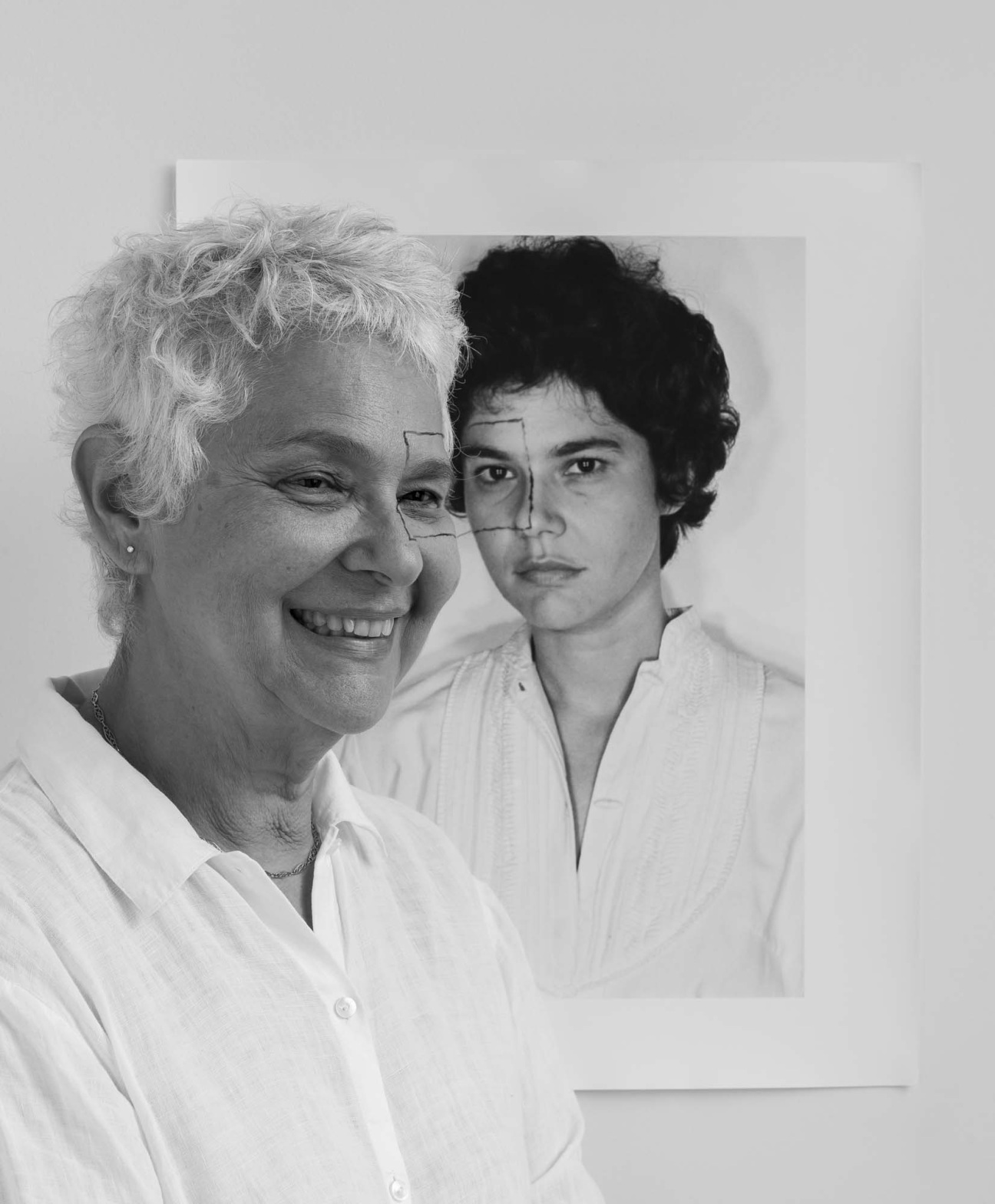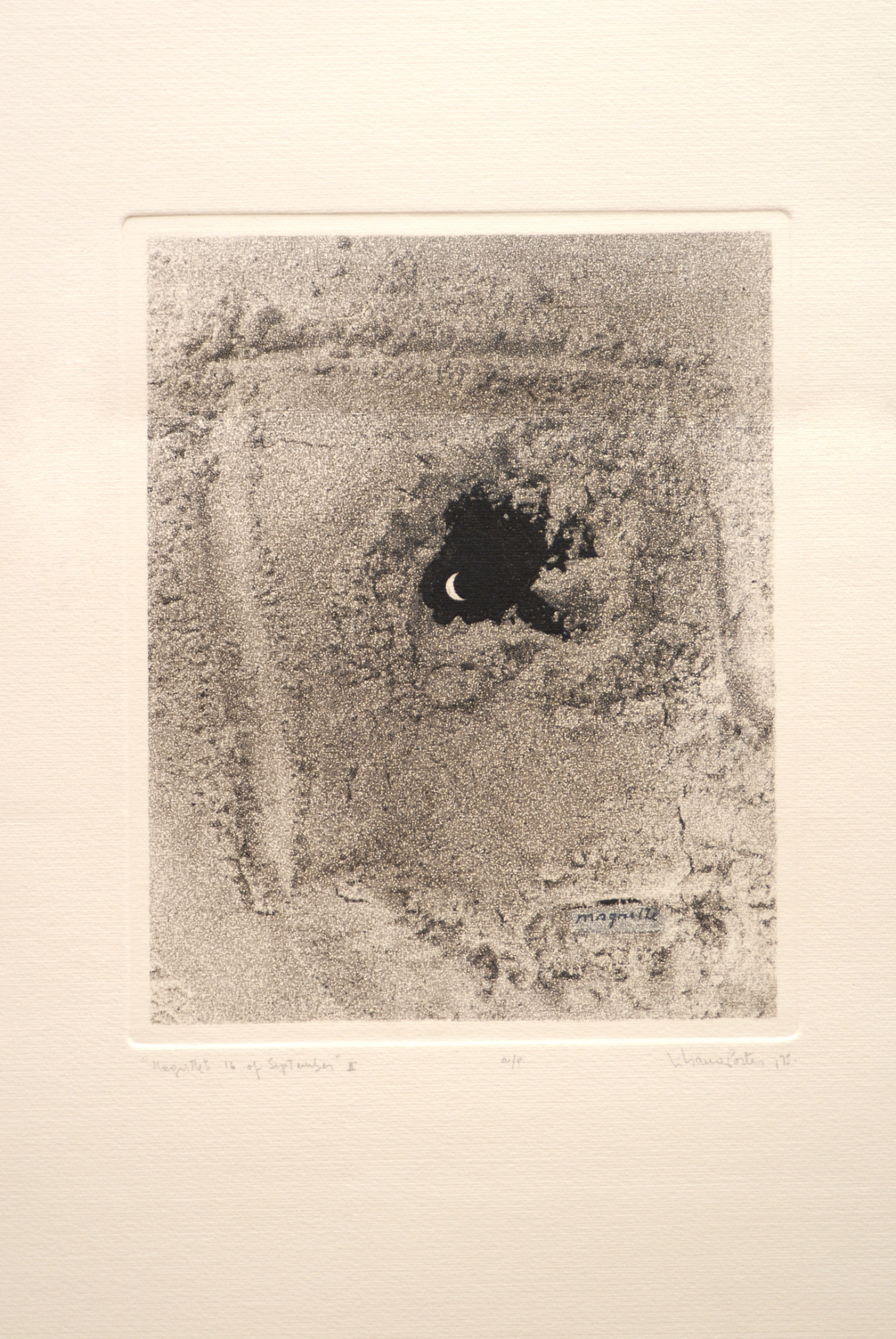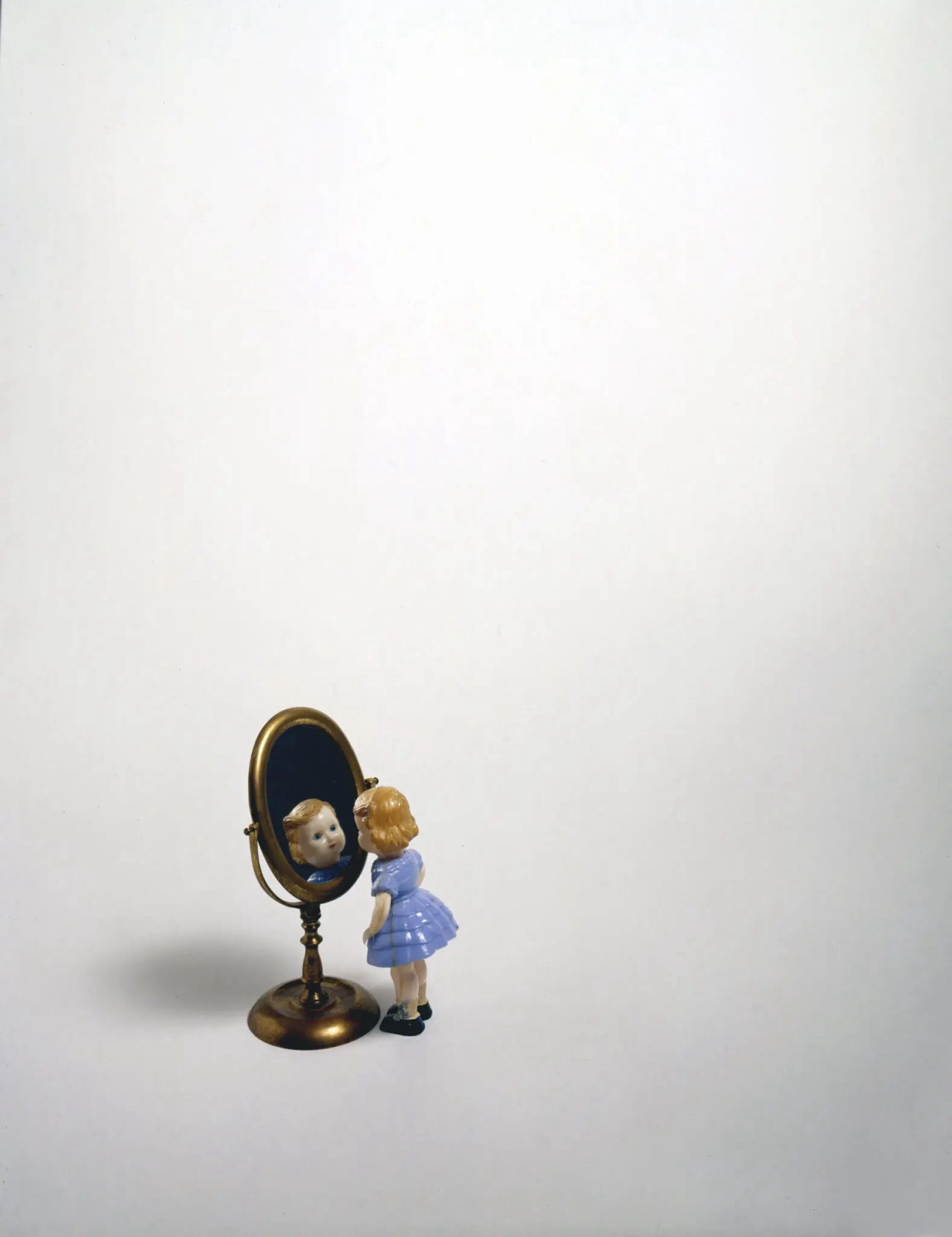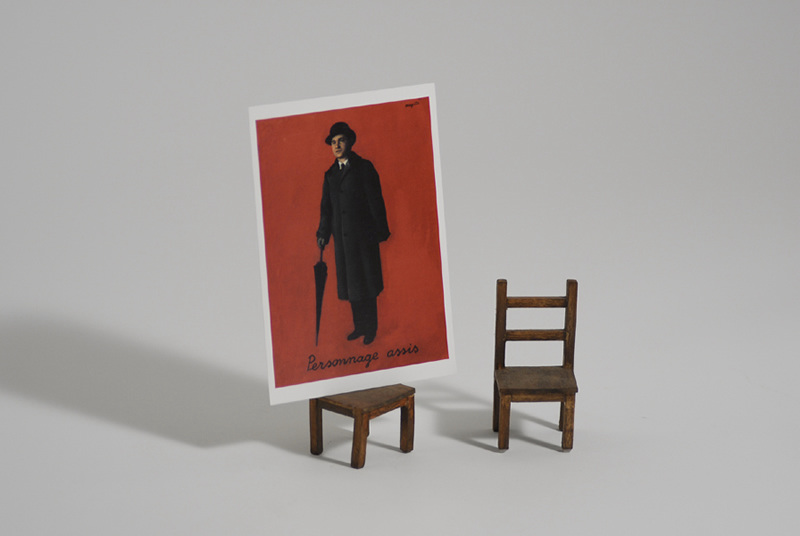
Liliana Porter has appeared in more than 450 exhibitions in 40 countries over the course of her career. She coyly attributes this achievement to the sheer number of years she’s dedicated to her craft, which spans printmaking, painting, photography, and more.
Now 82, Porter began making art as a teenager in Argentina and her dynamic approach has propelled her through more than six decades of creative experientation. Her work can be found in the collections of the Museum of Modern Art in New York and the Museo Nacional de Bellas Artes in Buenos Aires, among others. These days, she’s feeling as invigorated as ever and planning her next move. A return to theater, perhaps? Another dalliance with film? Only time will tell.
CULTURED: Your website states that you've been in more than 450 exhibitions in 40 countries. How do you respond to a number like that? It's enormous.
Liliana Porter: It's just that I am 82. So I have been working since my first show; I was 17 years old.
CULTURED: Can you tell me about that first entry into the art world?
Porter: I was born in Argentina and I started art school when I was 12 because at that time, you could start directly after elementary school. Then, I traveled to Mexico when I was 16 with my parents, and my first show was there because a professor of mine said, “Listen, I booked this space and you are going to have a show.”

CULTURED: You never really considered any other career path? It was always art?
Porter: Always art. I probably would have liked to be a writer because my parents were writers and I like literature very much. But, in the family, I’m the first one to start with visual arts.
CULTURED: Was there a point in your life that shaped your understanding of what an artist is?
Porter: More than that, there was a moment that I was aware of what my subject was. When you start working, you have a lot of points of reference. After you work for a while, you can see a pattern and recognize the subject that keeps coming up. It was the simultaneity of the real and the virtual, that relationship. That intrigued me from the beginning.
CULTURED: And when did you feel you had really hit your stride?
Porter: I was very lucky because my work is sort of easy to understand. Some like the formal issues or the way it's done, when I was concentrated on printmaking. Some people relate more to the subject or the intention behind the technique. A lot of people could easily relate.

CULTURED: Did you want the work to be very accessible, or is it just something that came with the nature of your pieces?
Porter: I think it's intentional because I like very much that you can really communicate with the viewer.
CULTURED: Are there any artists who paved the way for the work that you do?
Porter: More from literature, Jorge Luis Borges is very important. I really like his work and many of his subjects interest me from a visual art point of view. But then I like many artists that visually have nothing to do with my work, like Giorgio Morandi or [Roy] Lichtenstein.
CULTURED: You have worked across a number of different mediums. Is it difficult to step into a space that people don't necessarily recognize you in, or does that excite you?
Porter: Every idea has an ideal solution. So I always start with the idea, and from the idea, I go to the technique, not the other way around. I never liked videos very much. But at one point I needed to do video, because I had this idea that needed the element of time. Technique has to be in service of the idea. That's why I, at one point, even did theater or things that I didn't especially study.

CULTURED: Do you have any advice for a younger artist who admires your work?
Porter: Well, I always think that if whatever you do is true, it’s going to be good. It's important to start from yourself as a point of reference and then look for what you need outside, not the other way around: to really have a dialogue with yourself and be true to yourself.
CULTURED: Have you ever surprised yourself in your creative practice?
Porter: I really was surprised when I did theater, in the beautiful place of Buenos Aires and then at The Kitchen in New York. Everything was new to me—the relationship with the actors, the space. But it came very natural, and because I knew exactly what I wanted, it was easy to find the technical solutions. Theater is a group experience, so you can ask for the guy who puts the lights, you have a team of people around you. It's really fascinating.
CULTURED: Do you think you'll ever go back?
Porter: I hope so.
This interview is part of a series of conversations with female artists over the age of 75. To read more, take a look at our stories with the avant-garde Pippa Garner, pioneering video artist Dara Birnbaum, and Brazilian sculptor Sonia Gomes.










 in your life?
in your life?

